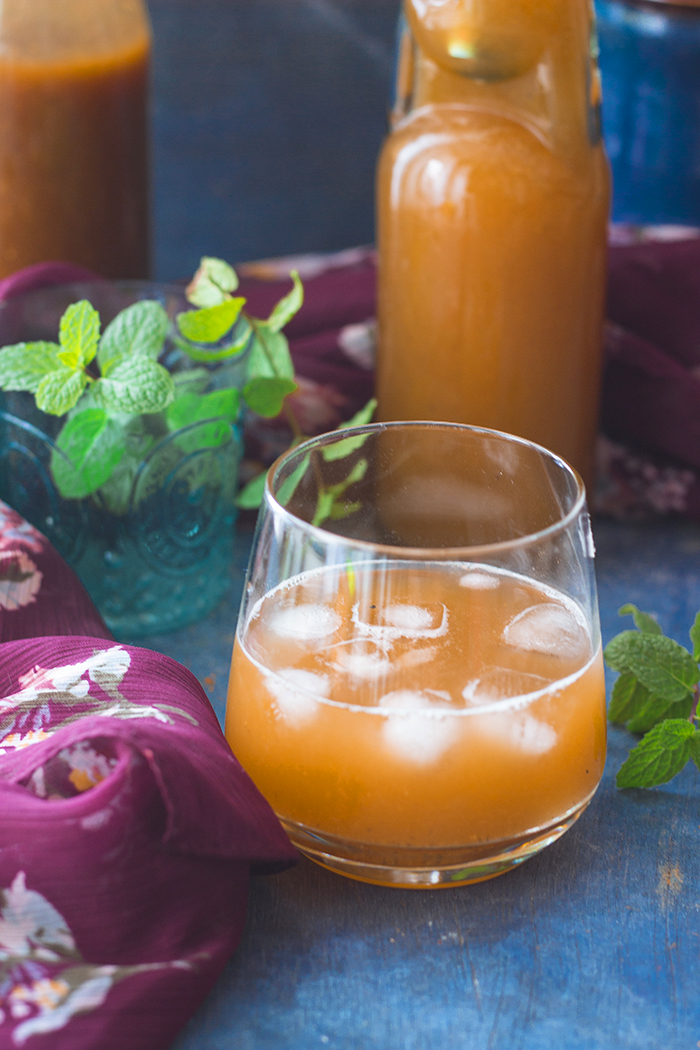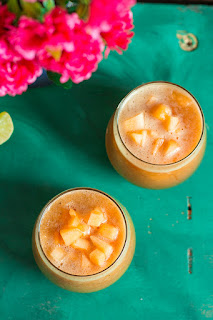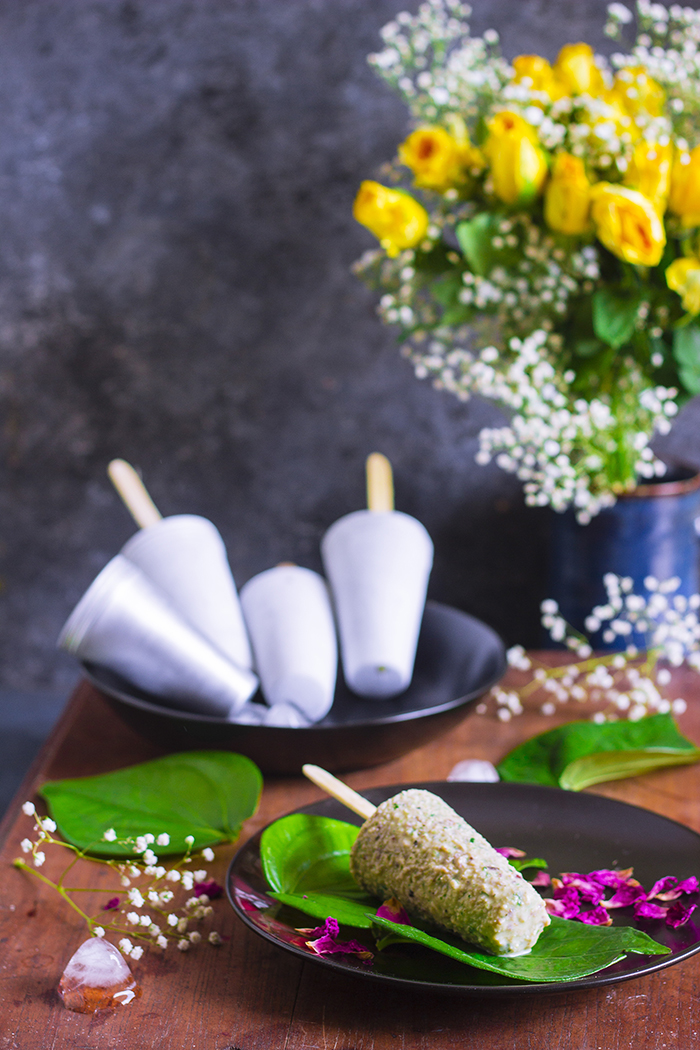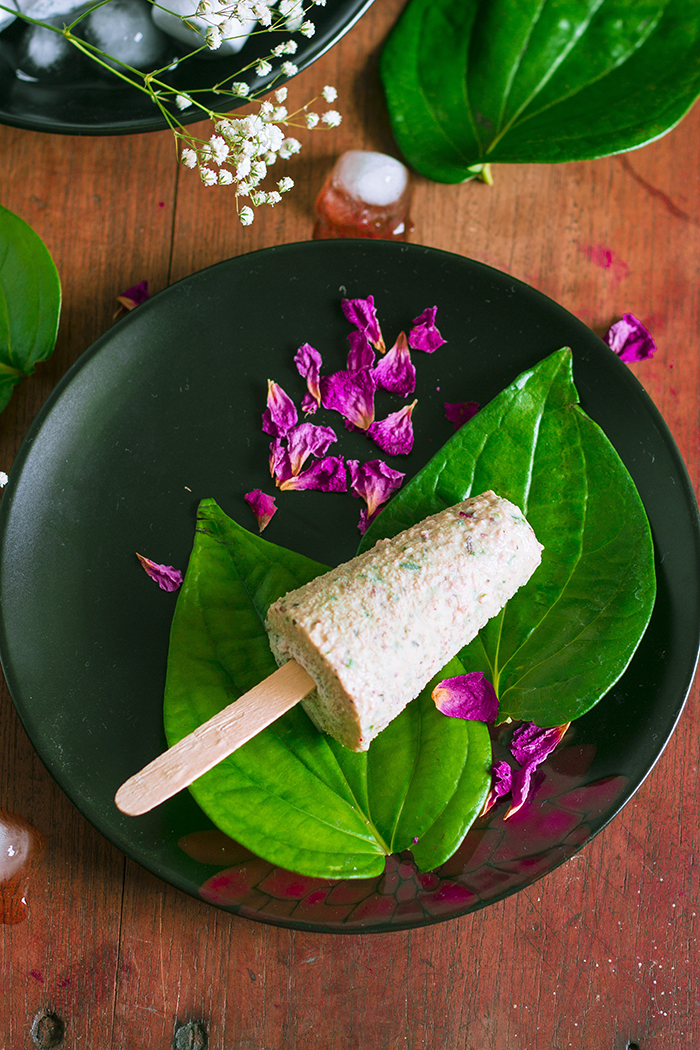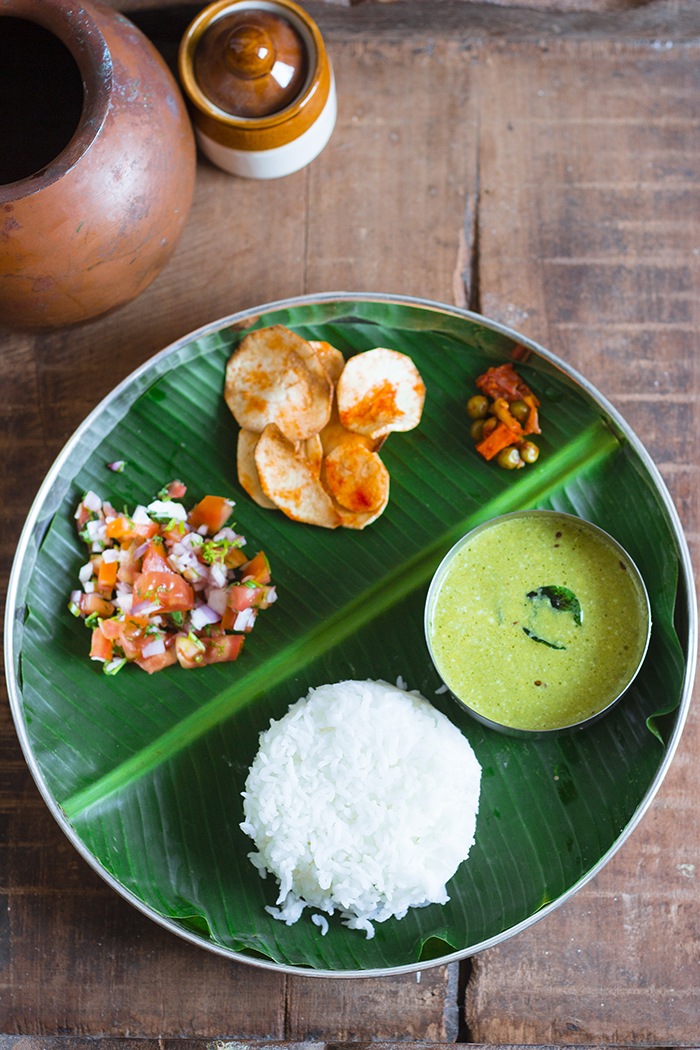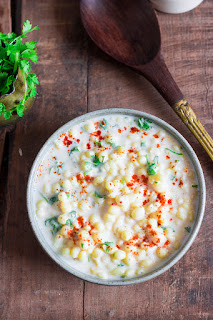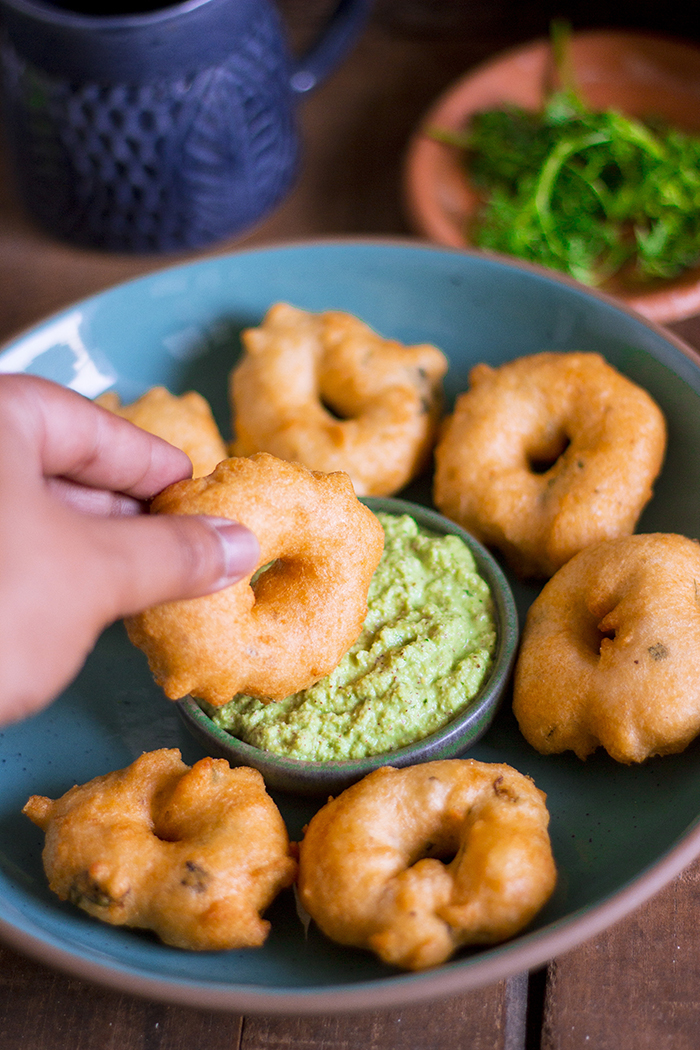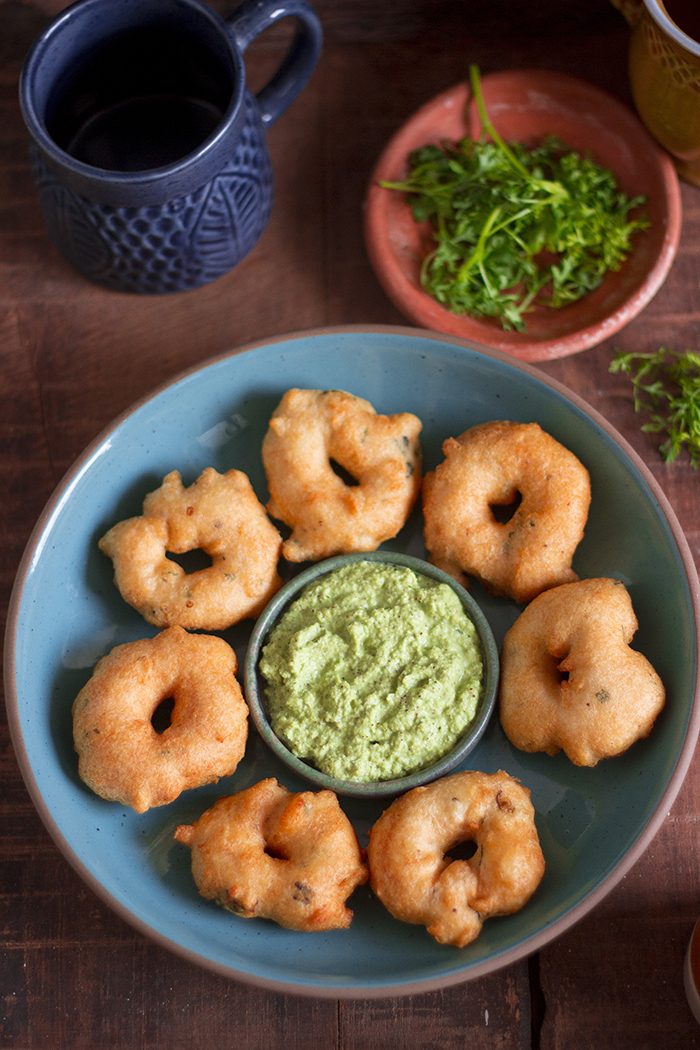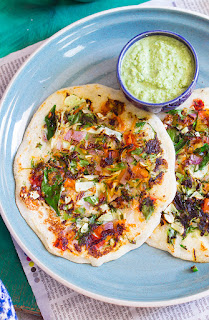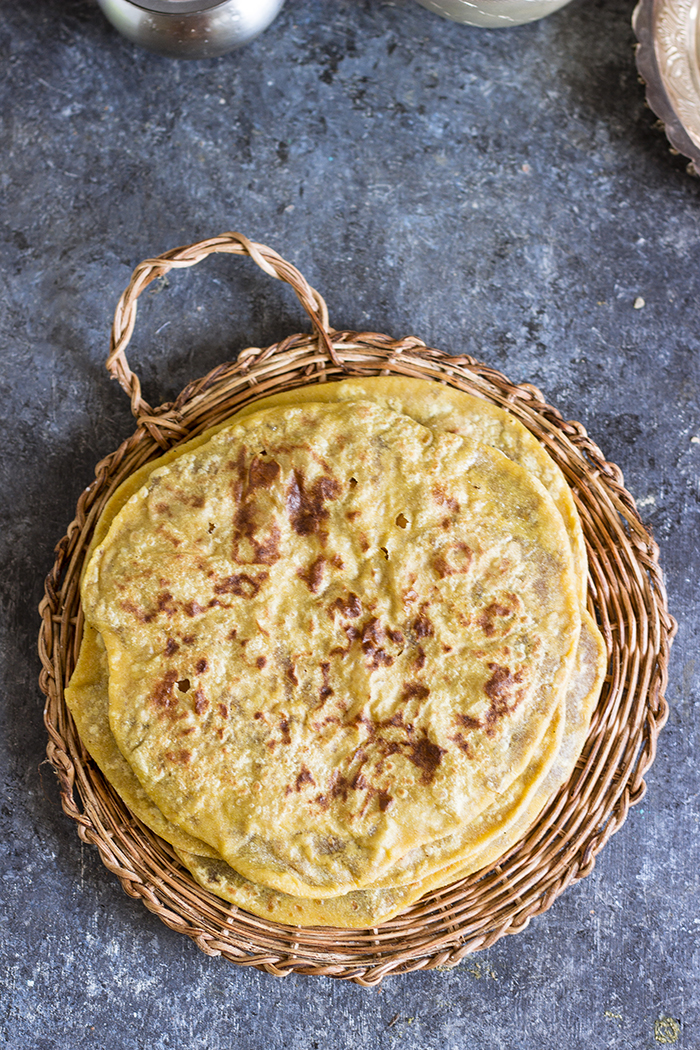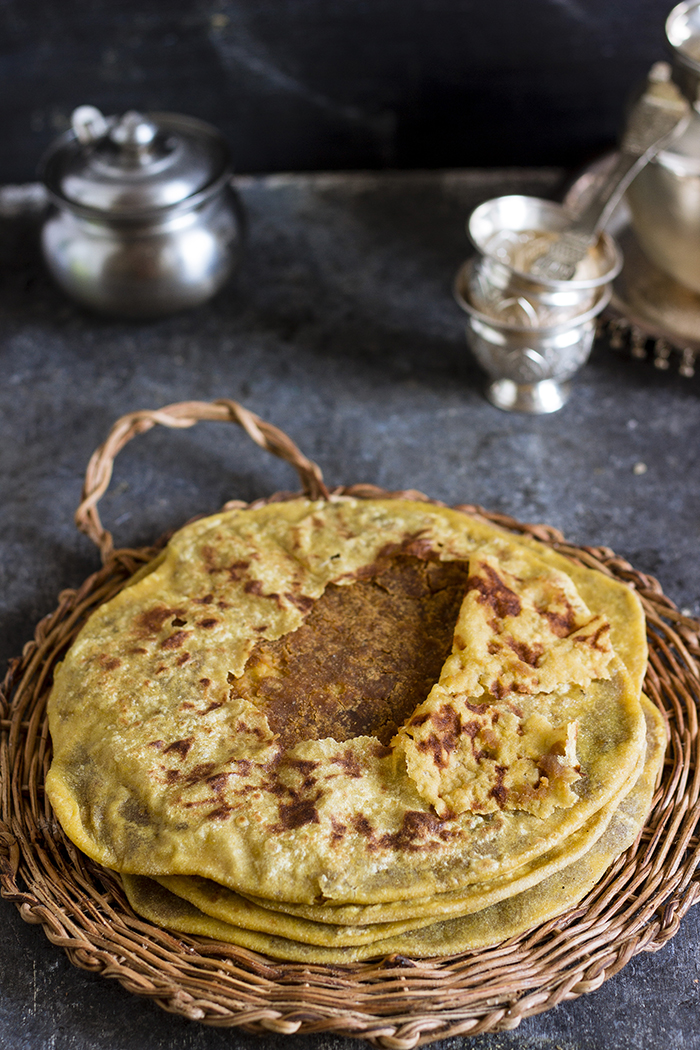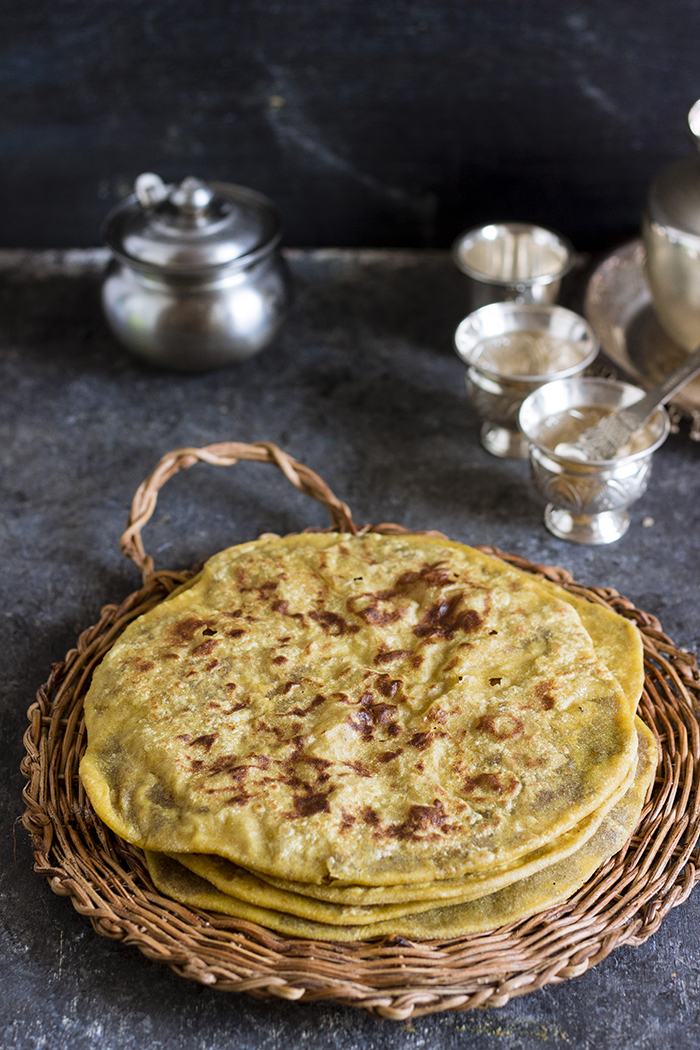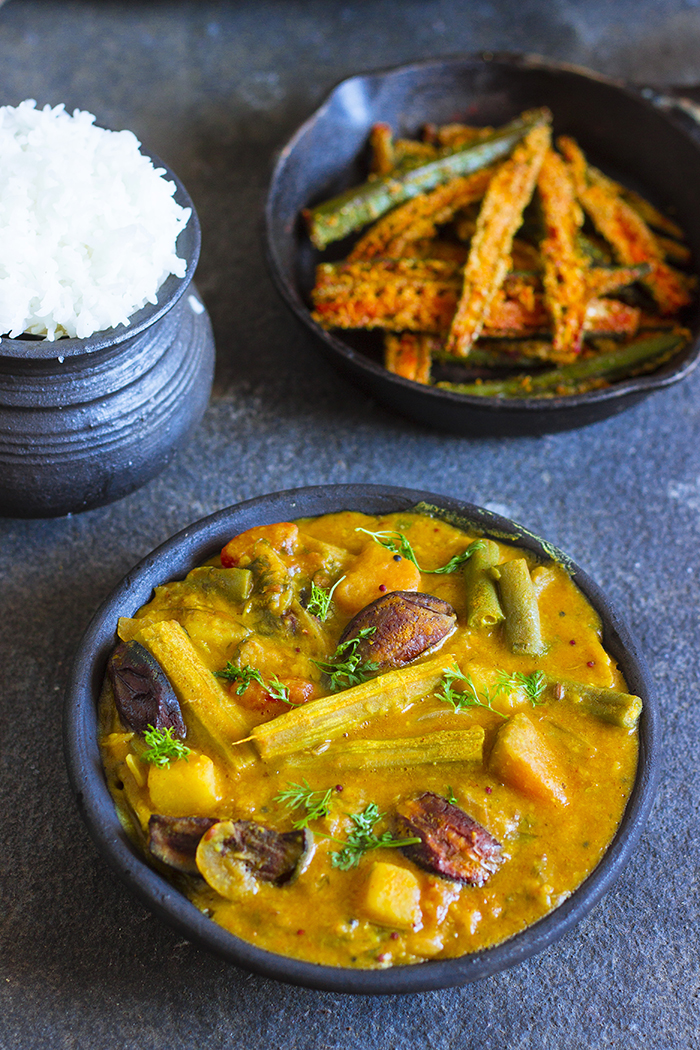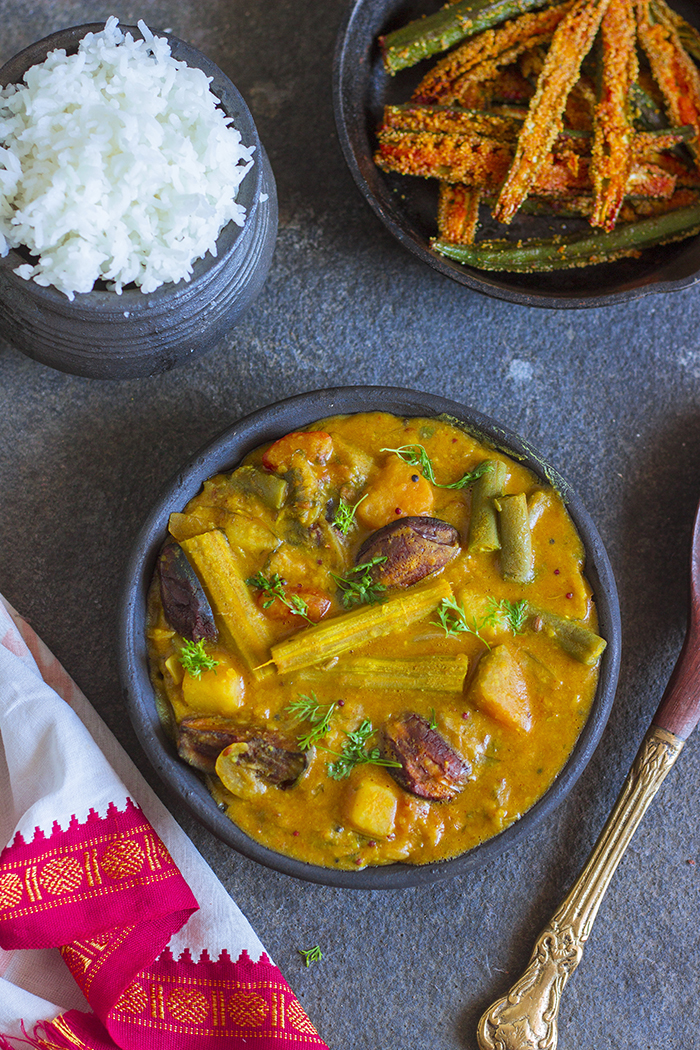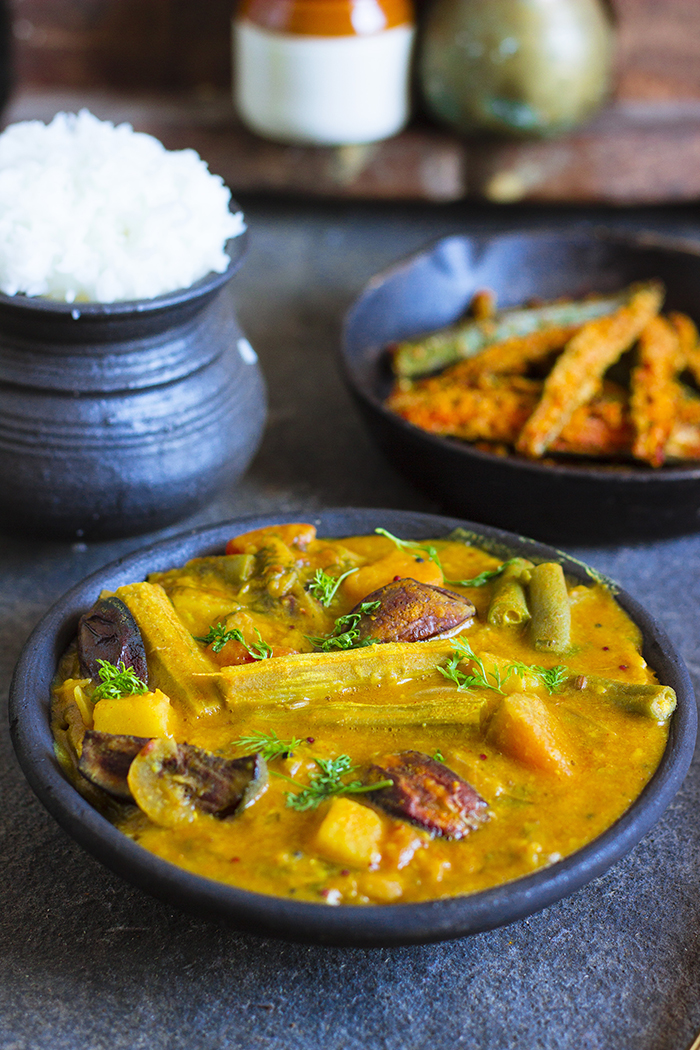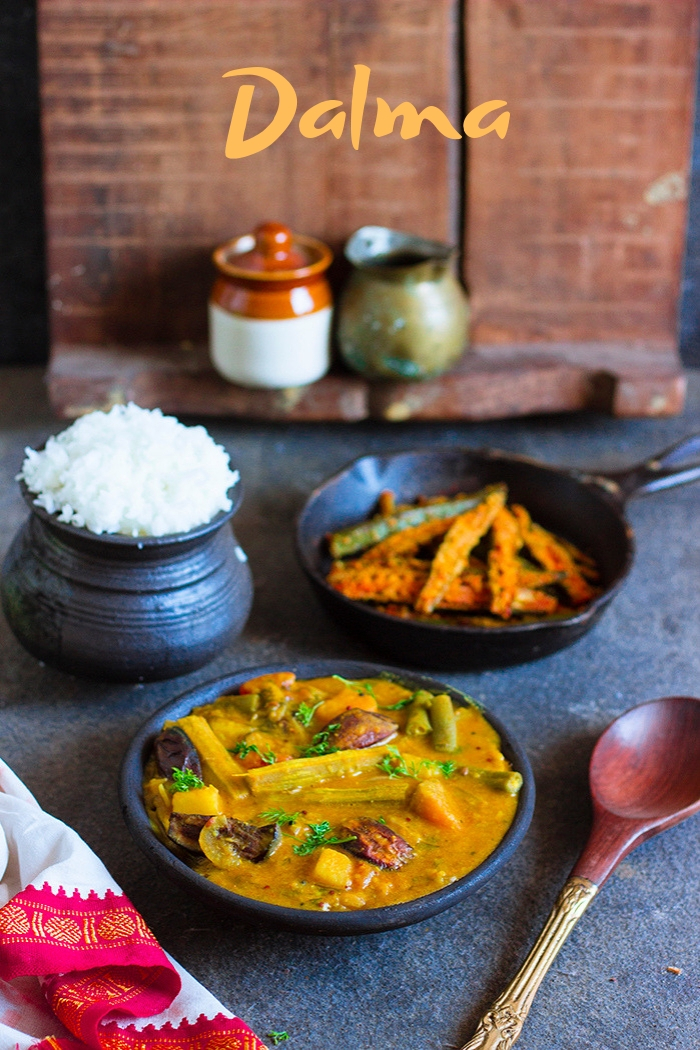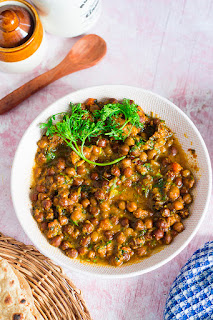Aam Panna or Kairi Panna is a drink made from boiled raw mangoes and jaggery. Aam Panna is popularly made in summer across India.
In a hurry? Jump to Video or Jump to Recipe
In a hurry? Jump to Video or Jump to Recipe
Aam Panna, a beverage from my school days. My best friend's mom made the best Aam Panna ever and she never forgot to share a bottle of the concentrate with me. It was she who introduced me to this tangy sweet spicy beverage made of raw mangoes that is so popular during summers.
As I write this I realize it isn't really the right time to post this. By right time, I mean right now, this instant. Because it has just rained heavily and it is so cool that all I feel the need for is a hot cup of tea. But then I had this post all ready to go with the recipe jotted down, photos edited and the video uploaded. So I decided to go ahead and post it. And anyway it may not have rained in your city and it may be the absolute perfect time for you to try this golden treat.
Aam Panna is made in several ways, as I have learnt over the years. Earlier in my blogging days, I had posted one recipe that does not require boiling of the mangoes. That recipe involves grating the raw mango and soaking it in water, allowing the flavor of the mangoes to infuse into the water. That takes a little more time and the results are markedly different. I would not rate one above the other as each has its own taste. I've also seen recipes where the raw mango is roasted on coals or a gas stove until it is charred instead of boiling the mangoes. While I have not tried this recipe, it does sound very interesting. The one I am sharing today is the most common recipe out there.
To make the Aam Panna, select firm raw mangoes. The mangoes are supposed to be unripe and sour. The mangoes are boiled, either with skin or without and then the pulp is mashed in a blender along with a sugar and spices like cumin and pepper. Some folks add cardamom too, but I feel it overpowers the fragrance of the mango, so I skip it. I also replaced the sugar with powdered organic jaggery and hence the bright orange color of my Aam Panna. If you use sugar, you tend to get a more golden color. You can also add mint while blending the panna. However, I don't recommend it if you plan to store the panna for long as the mint tends to get bitter after a few days. The blended puree is a concentrate and can be stored in the fridge for the whole of Summer. When you feel like having Panna, dilute it with water until the taste feels just right and serve. You can also add muddled mint leaves or mint puree while serving. The Aam Panna can also be diluted with Soda water or sparkling water for some added zing.
A homemade panna never has a bright green color. If you want that color, you can add food coloring, but I don't recommend it.
If you made this recipe, let me know! Leave a comment here or on Facebook, tag your tweet with @oneteaspoonlife on Twitter and don't forget to tag your photo @oneteaspoonoflife on Instagram. You can also email me at onetspoflife@gmail.com I'd love to see what you are up to.
If you like this recipe, do not forget to share it with your friends and family!
Video Recipe
--------------------------------------------------------------------------------------------------------------------------
Aam Panna Recipe | Kairi Panna Recipe
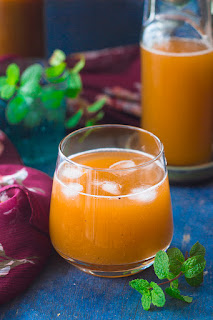 Aam Panna or Kairi Panna is a drink made from boiled raw mangoes and jaggery. Aam Panna is popularly made in summer across India.
Aam Panna or Kairi Panna is a drink made from boiled raw mangoes and jaggery. Aam Panna is popularly made in summer across India.Recipe Type: Beverage
Cuisine: Indian
Prep Time: 15 minutes
Cook time: 15 minutes
Total time: 30 minutes
Yield: Makes 18-20 glasses
Ingredients:
4 Raw Mangoes
2 cups Jaggery Powder
1 Tbsp Pepper, freshly crushed
1 Tbsp Cumin Powder
0.25 tsp Black Salt
0.25 tsp Salt
Water as required
Method:
1. Pressure cook the raw mangoes until they are cooked. You can also boil them in a pot until done.
2. Allow the mangoes to cool, then peel them.
3. Squeeze out the pulp of the raw mangoes and add to a blender.
4. Add in the jaggery powder or sugar, roasted cumin powder, pepper powder, black salt and salt.
5. Blend to a smooth paste with a little water. Adjust the quantities of jaggery, spices and salt as required.
6. Store the aam panna concentrate in a glass bottle in the fridge.
7. To serve the panna, add 3-4 Tbsp of the concentrate to a glass. Add in ice cubes (optional) and cold water. Stir and serve.
8. If the panna feels less sweet after diluting with water, then add a little jaggery powder while serving.
If you liked this, you may also like:



